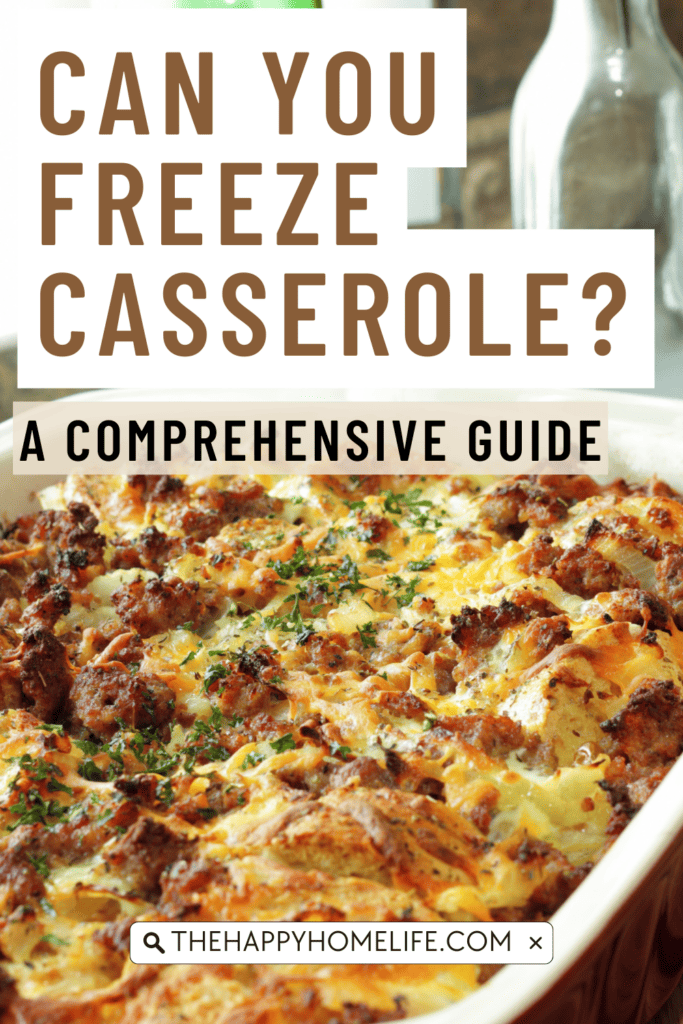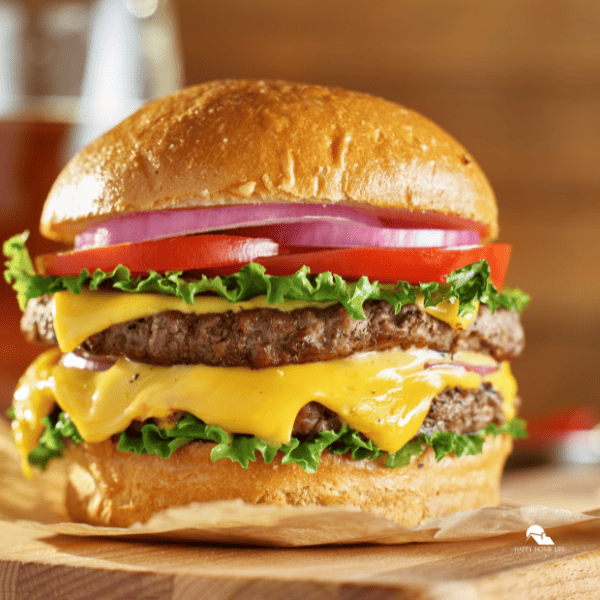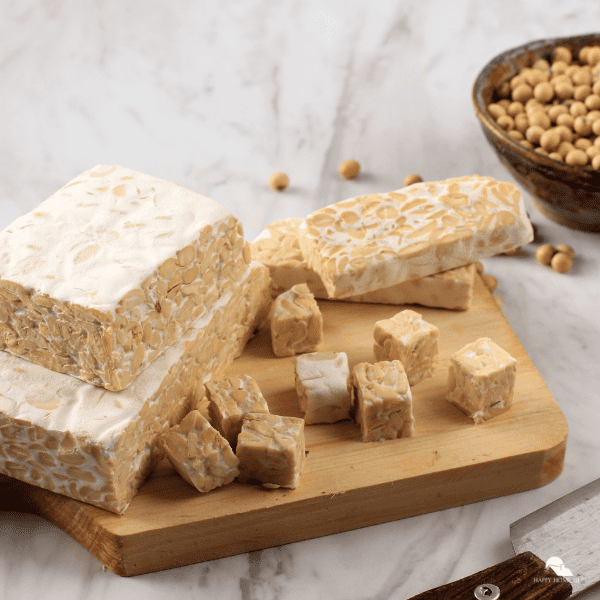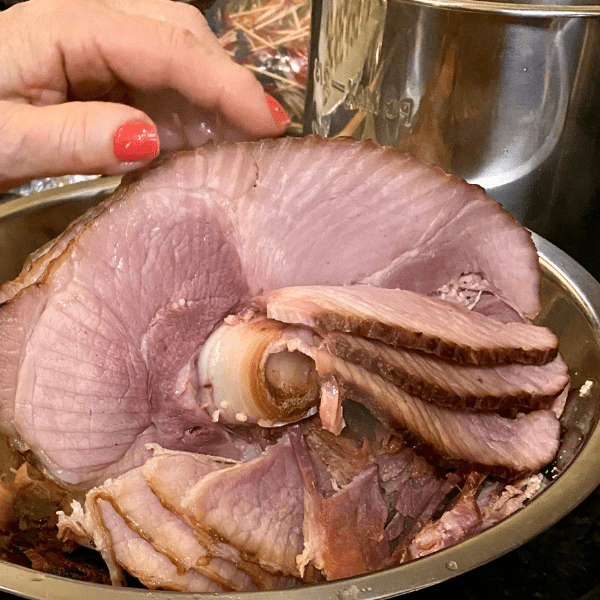Can you freeze casserole? Let’s find out! As the aromas of savory casserole waft through your kitchen, you might be wondering—can I make a big batch and freeze some for later? The answer is a delightful “yes.” For cooks on the go, families with hectic schedules, or anyone looking to minimize food waste, understanding how to properly freeze and thaw a casserole can be a game-changer.
We’ll take you through the chilly depths of the freezing process and bring you back victorious with casseroles to enjoy every day of the week.
Can You Freeze Casserole?
Yes, you can freeze a casserole by allowing it to cool completely, covering it tightly with plastic wrap and aluminum foil, and placing it in the freezer for up to 2-3 months.
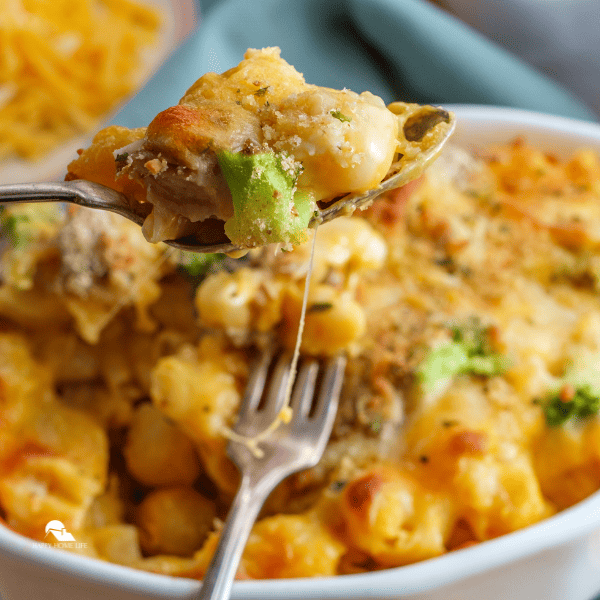
The Joys of Cold Casseroles: Why Freeze?
Freezing casseroles isn’t just for those days when you need a quick meal. It’s a way to extend the life of your culinary creations and maintain their freshness, flavor, and nutrients. Plus, it’s an incredible time-saver. Picture this: on a lazy evening or right after a hectic workday, popping a thoughtfully prepared, homemade casserole in the oven is a comforting luxury.
Convenience for Busy Lives
The convenience of having ready-to-eat or ready-to-cook meals in your freezer cannot be overstated. It’s like having a personal chef who knows your tastes and timetable down to the second.
Minimizing Food Waste
Freezing casseroles is also a green move. It’s a simple way to prevent good food from meeting an untimely demise in the trash can. Whether it’s a casserole built from last night’s leftovers or one prepared with fresh ingredients, freezing allows you to savor every last bite.
You might enjoy these posts:
- How Long Does Tuna Casserole Last in the Fridge?
- 13 Delicious Easter Casserole Recipes to Feed Your Family
What’s Freezable and What’s Not?
Before you start ladling into casserole dishes, it’s important to know what fares well in freezing temperatures. Some casseroles take well to being frozen, while others, like those that contain mayonnaise, lettuce, or uncooked potatoes, may end up with a less-than-desirable texture once thawed.
General Guidelines
For a hassle-free freezing experience, choose casseroles that don’t rely on ingredients that are notorious for turning mushy or grainy post-freeze.
- Avoid cream-based sauces that tend to separate.
- Opt for sturdy vegetables, like carrots and peas, instead of leafy greens.
- Use high-quality, airtight containers or heavy-duty aluminum foil to prevent freezer burn.
Casseroles that Shine from the Freezer to the Plate
Certain casseroles, particularly those with complex flavors that develop over time, seem almost designed for freezing.
- Bold-flavored meat and vegetable casseroles, like beef stroganoff or shepherd’s pie, tend to freeze beautifully.
- Starchy and saucy casseroles, such as baked ziti or a classic macaroni and cheese, maintain their deliciousness remarkably well.
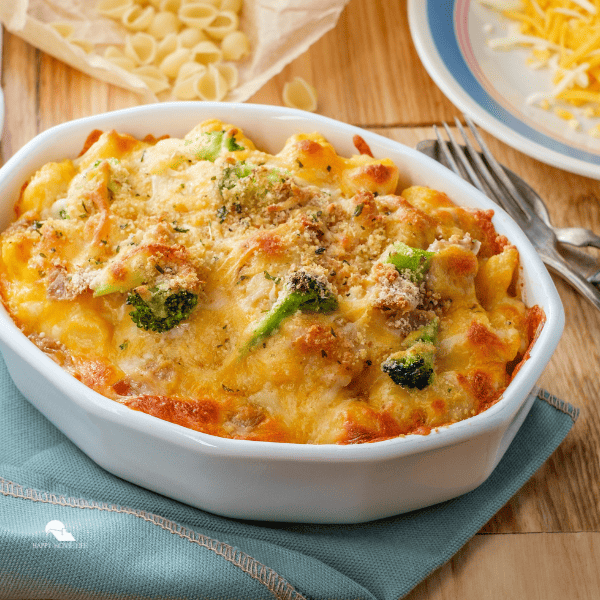
Preparing Your Casserole for Its Deep Sleep
To ensure your casseroles emerge from the deep freeze just as delectable as when they went in, a little preparation is key.
Layer Up Smartly
If your casserole recipe allows, consider creating layers that can be unbaked when thawed. This is particularly handy for pasta casseroles, where the pasta can be cooked ‘al dente’ and the sauce not fully combined before freezing.
Cool Down Before Freezing
Never freeze a still-hot casserole. Allow it to cool in the refrigerator to reduce the risk of bacterial growth and then proceed with freezing.
Beware the Glass
Glass casseroles are a staple in many kitchens, but they require a bit of finesse when it comes to freezing. To avoid the dreaded shatter, ensure the casserole has no cracks and be cautious of extreme temperature changes by letting your dish cool to room temperature first.
Freezing Casserole: A Tale of Layered Success
Freezing your casserole the right way is crucial. It’s not just about tossing it in the freezer and hoping for the best. Here’s a method that will preserve both taste and texture.
In the Trenches with Tupperware
For plastic storage, layer the casserole with plastic wrap directly on the surface of the food to prevent air exposure, then cover in airtight plastic containers with good seals. This method is ideal for chunkier casseroles and those with more liquid components.
The Wrap Game
Aluminum foil is the unsung hero of the freezing world. It can protect your casserole from chill and keep it fresh for up to three months.
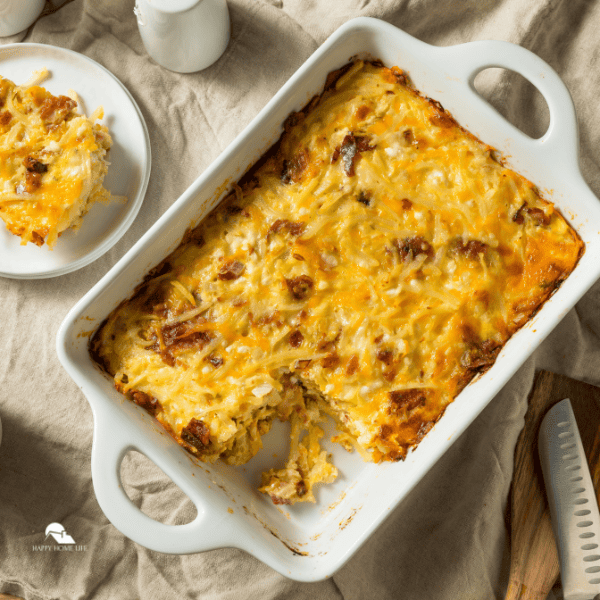
Thawing Protocol: Casseroles Awakening
Thawing a casserole is not a ‘one size fits all’ affair. The way you thaw can impact the final product.
Overnight in the Fridge
The safest and best method is to thaw your casserole in the fridge overnight. This gentle defrosting results in a casserole ready to bake or reheat without any texture compromise.
Hurry Up Method
If a quick fix is needed, place your casserole, still in an oven-safe container, in a cold oven and set it to 250°F (120°C) for one to two hours. It might not be as good as the fridge-thawed version, but it’s certainly better than unfreezing in a hurry any other way.
Addressing the Creamy Concerns
Dairy-based casseroles, like those sprinkled with aged cheddar or creamy béchamel, are often wondered about when it comes to freezing.
Yes to Sour Cream and Cream Cheese
A pleasant surprise for those who love a little tang, casseroles with sour cream or cream cheese can indeed be frozen. Make sure they are fully incorporated into the dish to prevent curdling.
Gentle Rewarming
To maintain creaminess and prevent curdling upon reheating, use low heat and stir frequently.
The Burning Question: Freeze Before or After Baking?
The eternal debate rages on. Should you freeze your casserole before or after it becomes a magnificent, golden-brown masterpiece in the oven?
Prologue to the Freeze
There’s no definitive ruling, but some home cooks prefer freezing before the bake to maintain that fresh-from-the-oven taste. The beauty of making this choice is how it allows you to customize the final baking time and temperature upon reheating.
The Already Baked Attire
Freezing a fully-baked casserole is the ultimate convenience. It’s one step closer to your plate and can cut down on the time needed to bring it back to life.
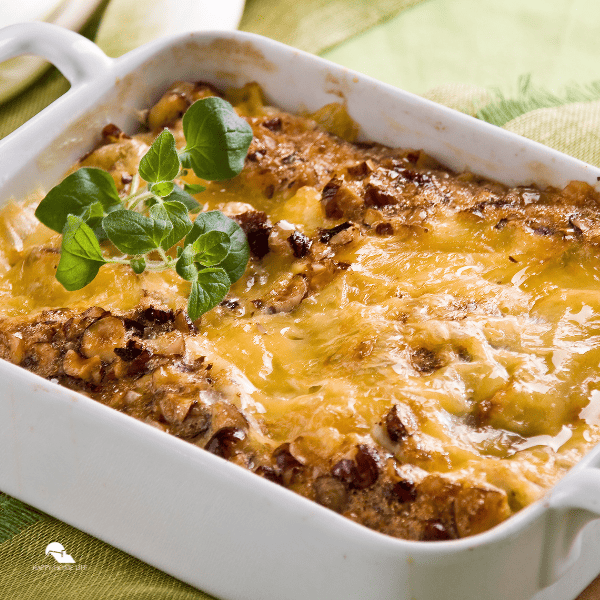
Warming the Hearts and Bellies: Reheating Frozen Casseroles
Once your casserole is defrosted, the anticipation builds for the first taste. But how you reheat it is vital to the success of your freezing venture.
Below is a table providing guidance on reheating frozen casserole using different methods:
| Reheating Method | Instructions |
|---|---|
| Stove | 1. Thaw the frozen casserole in the refrigerator overnight. |
| 2. Transfer the casserole to a saucepan or skillet. | |
| 3. Heat it over medium heat, stirring occasionally, until thoroughly heated. | |
| Microwave | 1. Place the frozen casserole in a microwave-safe dish. |
| 2. Cover with a microwave-safe lid or microwave-safe plastic wrap, leaving a small vent for steam to escape. | |
| 3. Heat on medium power, stirring occasionally and rotating the dish if necessary, until the casserole is heated through. | |
| Stovetop | 1. Thaw the frozen casserole in the refrigerator overnight. |
| 2. Preheat a non-stick skillet. | |
| 3. Cut the casserole into slices or cubes and place them in the skillet. | |
| 4. Heat over medium heat, stirring occasionally, until the casserole is heated to the desired temperature. | |
| Air Fryer | 1. Thaw the frozen casserole in the refrigerator overnight. |
| 2. Preheat the air fryer to 325°F (163°C). | |
| 3. Place the casserole in an oven-safe dish that fits in the air fryer basket. | |
| 4. Cook for 10-15 minutes, checking periodically until the casserole reaches the desired temperature. |
These instructions should help ensure that the frozen casserole is properly reheated using the specified methods.
Oven: The Classic Method
The oven provides the most even heat distribution for casseroles, ensuring a consistent temperature throughout. This is especially important for larger or denser casseroles where even heating helps prevent dryness.
Microwave: A Zippy Option
When time is of the essence and you have a microwave-safe casserole, the microwave can be a lifesaver. However, it may not provide the most gourmet dining experience, particularly for larger casseroles where microwave use can lead to uneven heating.
Stovetop: The Direct Heat Dance
This is a great choice for smaller casseroles. It’s quicker than the oven and offers you the chance to add a personal touch with toppings or additional cooking like browning cheese on top.
Airfryer: The New Kid on the Block
The air fryer is a versatile option for reheating casseroles of any size. It provides quick, even heating and can give your casserole a crispy finish.
The Sasquatch of Frozen Food
Still not convinced freezing casseroles is your kind of kitchen adventure? The first foray might feel like finding a mythical creature in the heart of the woods. But once you learn the ways of the frost, your freezer might become home to a whole menagerie of culinary delights.
Freezing casseroles is an art that can be as creative and rewarding as composing the perfect casserole to begin with. The flexibility and assurance of a stocked freezer can make planning meals a pleasure rather than a chore. Don’t be afraid to experiment, to discover your own freezing philosophies. Because in the end, a well-frozen casserole may just be the key to unlocking an abundance of flavor, simplicity, and ease in your home-cooked journey.
